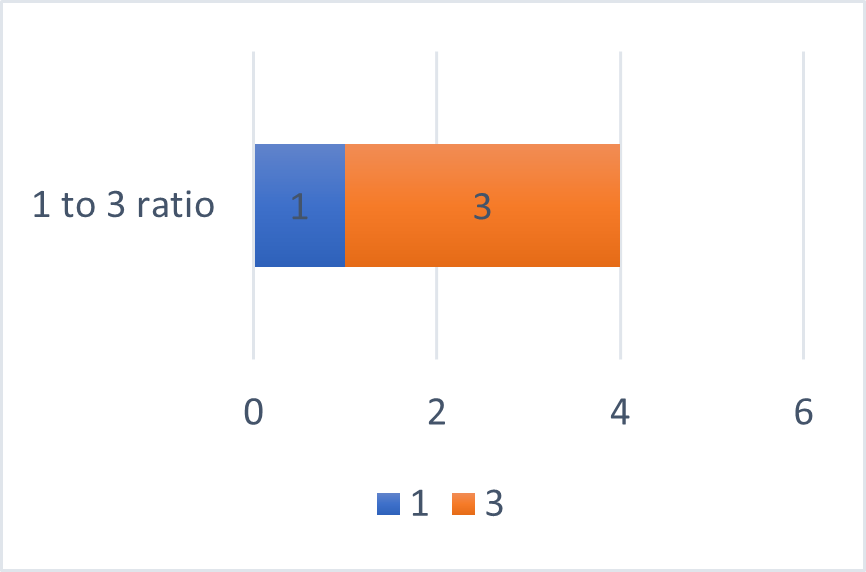Have you ever found yourself needing to adjust a recipe for more guests or scale a project plan for a larger output? Or maybe you’re working on something more technical, like video dimensions or architectural designs? A solid understanding of proportions and the ability to accurately scale ratios can be incredibly useful in many situations. This article will guide you through understanding and using a proportion calculator for accurate ratio scaling, helping you get the right results every time.
 Proportion Calculator
Proportion Calculator

This image is property of www.calculator.io.
What is a Proportion Calculator?
A proportion calculator is an efficient tool designed to find a missing number in a ratio by using the concept of proportion. This calculator simplifies the task of scaling ratios, be it enlarging or shrinking them, based on given values. In mathematics, a proportion is simply an equation that states two ratios are equivalent. The calculator uses this principle to solve for unknowns and to present the data visually, such as through pie charts or bar graphs.
Why Use a Proportion Calculator?
Proportion calculators can be beneficial for anyone working with numbers, whether you’re cooking, designing, constructing, or dealing with finances. They take the complexity out of equations and fast-track problem-solving by finding that elusive missing value accurately and quickly, eliminating the potential for manual error. This ease of use makes them accessible for everyone, from students to professionals.
How to Use a Proportion Calculator
To harness the power of a proportion calculator, you need to input any three values from the equation A : B = C : D. The calculator will then solve for the missing value. Let’s break it down further:
Directions for Use
- Identify Known Values: Determine which three values are known in your proportion equation.
- Input Values into Calculator: Simply input these three known values into the calculator in their respective places (A, B, C, or D).
- Calculate: Press the “Calculate” button. The calculator will do the math, providing the missing value along with visual aids like charts or diagrams for better comprehension.
For example, if you know the values of A, B, and C, entering them will yield the value of D. Thus, it not only finds the missing ratio value but also visually represents the known and calculated ratios for easier understanding.
Understanding Ratios and Proportions
Definition of a Ratio
A ratio is a mathematical representation of how two values relate to each other, often depicted by two numbers separated by a colon, such as 1:3. It can also be expressed in different formats such as fractions or using the word “to” (e.g., 1 to 3), while graphics like pie charts can help visualize these ratios.
Definition of a Proportion
A proportion, on the other hand, is an equation showcasing that two ratios are equal. For instance, if 1:2 equals 2:4, it demonstrates equivalent relationships between these sets of numbers. By applying the cross-product property of proportions (where the product of the means equals the product of the extremes), solving complex problems becomes straightforward.
Scaling Ratios: How It Works
Scaling Up
Scaling a ratio involves multiplying both numbers by the same factor. For instance, if you’re scaling a 1:3 ratio four times, each number in the original ratio gets multiplied by four resulting in 4:12. This transformation helps in maintaining the same proportion while adjusting its size according to requirements.
Scaling Down
Conversely, scaling down requires dividing both numbers of the ratio by the same number. If you have a 25:70 ratio and need to scale it down five times, each value is divided by five, simplifying it to 5:14. This reduction is useful in contexts where a smaller or more manageable scale of work is needed.

This image is property of www.calculator.io.
Real-World Examples of Ratio Scaling
Example 1: Cooking and Recipes
Imagine a pancake recipe needing adjustments for serving more people. If the original ratio is 0.5:1 (flour to milk for one person), scaling it for eight people would involve multiplying each part of the ratio by 8, resulting in 4:8, ensuring everyone gets a delicious pancake without wastage.
Example 2: Video Resolution
In technical fields, ratios are used to define screen sizes and video resolutions. For a 480p resolution with a 4:3 aspect ratio, the video height is smaller by three parts compared to the width. To calculate the width with a height of 480 pixels, use the proportion 4:3 = Width:480, resulting in a width of 640 pixels.
Summarizing the Cross-Product Property
Using our examples, the cross-product property is visible as it allows for straightforward calculations. If we dissect the equation for video resolution, it’s evident that solving proportions with such simplicity can greatly enhance productivity and accuracy in both professional and personal projects.
Related Calculations
There are several related mathematical calculations and tools that complement proportion calculators, such as fraction calculators and simplifying fractions tools. These can further enrich your computational resources, providing comprehensive solutions whether you’re working on isolated problems or part of a broader project. Each has its specific purpose and offers additional utility to handle complex numerical scenarios.
Conclusion
Incorporating a proportion calculator into your daily tools equips you with the precision needed for a wide array of tasks, from everyday cooking to high-stakes project planning. By understanding ratios and proportions thoroughly, and using the calculator effectively, you ensure results that are accurate and scaled correctly. Whether you’re doubling a delicious recipe or defining HDTV video quality, this knowledge will serve you well, enabling efficient calculation with the assurance that your work is mathematically sound.
In a world where numbers often dictate decisions, a proportion calculator is more than just a tool; it’s your computational ally.